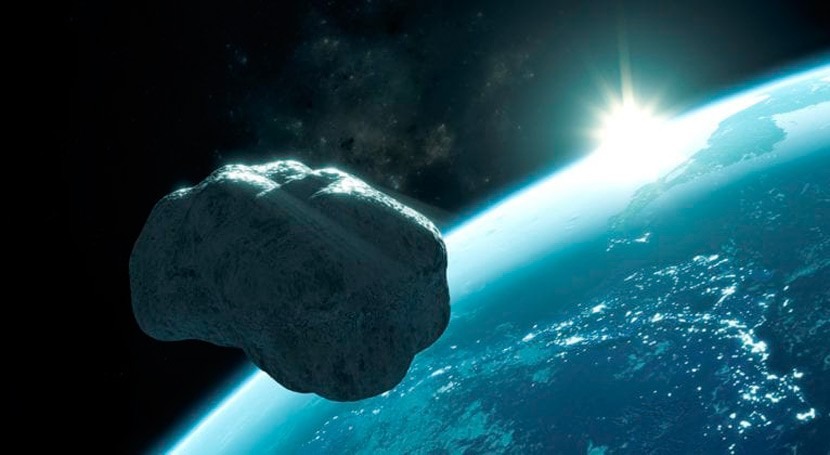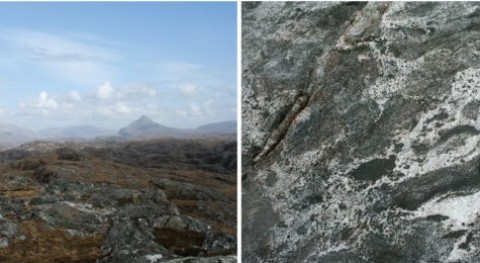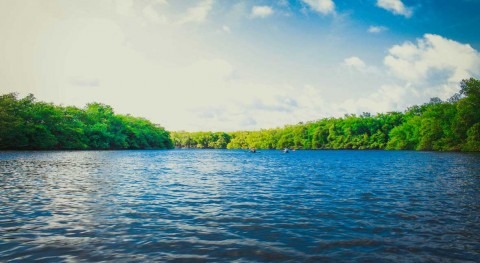Scientists have discovered how water molecules can be regenerated on asteroids moving through space, in an exciting breakthrough that could extend to other bodies such as the Moon.
Published in the journal Nature Astronomy, the new research shows water can be replenished on the surface of asteroids if both solar wind and impacting meteoroids come together at very low temperatures.
Lead Australian author Dr Katarina Miljkovic, from Curtin University’s Space Science and Technology Centre, said the research proved that two components of the space weathering – both electrons and thermal shock – were necessary to maintain supplies of water molecules on asteroids, rather than just one as previously thought.
“This complex process to regenerate surface water molecules could also be a possible mechanism to replenish water supplies on other airless bodies, such as the Moon,” Dr Miljkovic said.
“This research finding has potentially significant implications because we all know the availability of water in the solar system is an extremely important element for habitability in space.”
The NASA-funded project saw the team take a piece of Australia’s own Murchison meteorite, which fell to earth in Victoria 50 years ago, and simulate the weather conditions of an asteroid belt inside a specially built a machine that mimics the conditions of an asteroid’s surface.
The team then used energised electrons to simulate solar winds and lasers to mimic small meteoroids slamming into the asteroid, while monitoring water molecule levels at the surface.
Meteoroid impacts initiate the reaction, then solar winds blast the surface leaving unbonded oxygen and hydrogen atoms to bond, creating water.
Dr Miljkovic’s role as an impact expert, based in Curtin’s School of Earth and Planetary Sciences, was to validate the use of laser ablation as a substitute for micrometeoroid bombardment.
The full paper, ‘Regenerative water sources on surfaces of airless bodies’, can be viewed online here.







